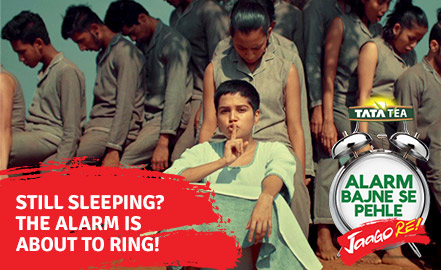What We can Learn from NorthEast India about Sports

The North-Eastern states in India are home to some of India’s most recognised international players. Just to name a few, M.C. Mary Kom - 2012 Olympics bronze medallist and a five-time world amateur-boxing champion, footballer Baichung Bhutia, boxer L. Sarita Devi, silver medallist at the 2014 Glasgow Commonwealth Games, Jayanta Talukdar, Gold Medalist and Arjuna Award winner, weightlifter K. Sanjita Chanu, who won gold at the 2014 Glasgow Commonwealth Games, etc.
While Northeast India constitutes only about 3.7% of the total Indian population, the youth out there are well-known for their inclination towards sports, especially Manipur. Out of the entire 2016 Rio Olympics contingent, 6.72% of them belonged to the NE.
Why is Northeast India repeatedly at the forefront of sports news? Is a culture of sports the reason behind their thriving sports scene? Let’s look at some numbers.
Sports Culture & Infrastructure in the Region
As of 9th March 2017, 13,684 talented sportspersons are being trained under Sports Authority of India (SAI) Schemes throughout the country, out of which 9653 are boys and 4031 are girls.
22.3% (901 out of 4031) of girl trainees at SAI centres are trained in the North-Eastern States of Arunachal Pradesh, Manipur, Meghalaya, Mizoram, Nagaland, Sikkim and Tripura. They are provided with regular sports training in 27 sports disciplines on residential and non-residential basis in 290 SAI sports centres.
One of the fourteen SAI Regional Football Academies in the country is in Imphal. Out of the five proposed NSAs, the government plans to set up an SAI National Archery Academy in Guwhati.
According to a 2016 study by Dr Anil Mili (published by the International Education and Research Journal), Assam and Manipur have synthetic athletic tracks for all-weather competitions. These states “have good number of sponsorships from corporate giants and other public sector-undertakings which help in promoting physical education and sports” in the region.
Children are motivated to participate in sports from a young age and the general opinion of the people in Northeast India is that physical education should be implemented as a compulsory part of school and college curriculums. They believe that sports leads to the overall development of their youth, unlike other states in the country where sports and games are thought to be a waste of time and a distraction from studies.
Dr Mili’s study also revealed that 82.77% of the respondents from Arunachal Pradesh, Assam, Manipur and Nagaland opined that “physical education and sports may be helpful in curbing the menace of drug addiction, HIV, alcoholism, terrorism etc.” amongst the youth.
Sportspersons have given back to their communities by supporting and guiding young athletes from their native lands. Mary Kom Regional Boxing Foundation is a great example of this. The foundation provides free coaching to students with free lodging and food and covers additional expenses involved during competitions.
Another such example is the chain of Bhaichung Bhutia Football Schools that were set up in Mumbai and Delhi, by Bhutia after his international success.
Support from the Centre and State
When it comes to generating funds and using them for sports, the North-Eastern states stand apart. 8.78% of the National demand for funds to develop sports infrastructure and conduct sports competitions under a new central scheme implemented in the FY 2016-17 called, Khelo India Scheme came from the North-Eastern states. This Scheme provides for conducting sports competitions in two age groups of under 14 and under 17 all over India to encourage mass participation of both boys and girls in Sports and creation of sports infrastructure facilities.
Even in the past, out of the Rs. 191.25 crore spent from 2014- 2016, under the Rajiv Gandhi Khel Abhiyan (RGKA) and the Urban Sports Infrastructure Scheme (USIS), 17.2% of the national demand came from the Northeast. In 2016-17, Assam’s state expenditure on Education and Sports at 35% is significantly higher than the national average of 15.6%.
Can the rest of the country follow the example of the Northeast?
Physical education is important in a secondary school levels to inculcate confidence, competitiveness and team-spirit in the minds of the youth. Incorporating sports into a child’s education adds to his/her holistic growth and personality development. They have also been very enthusiastic in demanding better sports infrastructure and facilities in their regions. Hence more states in the country should follow the example of the North-Eastern states, not just to produce better sportspersons representing the country, but also to help build a better society for the future generations.
Tata Tea’s Jaago Re has started a movement to make sports a compulsory subject in schools by bringing together the community to sign a petition. Such initiatives and better implementation of the Central schemes aimed towards sports infrastructure development could eventually help us reach our full sporting potential as a country.
Do your bit and join the movement today. Click on Link or call 7815966666 (toll free) to sign the petition to the HRD Ministry, to work with the sports ministry and implement sports as a compulsory subject in schools, and advise state governments to implement this across all educational institutions.
Alarm Bajne Se Pehle Jaago Re!
More on the Author:
Share this story on





